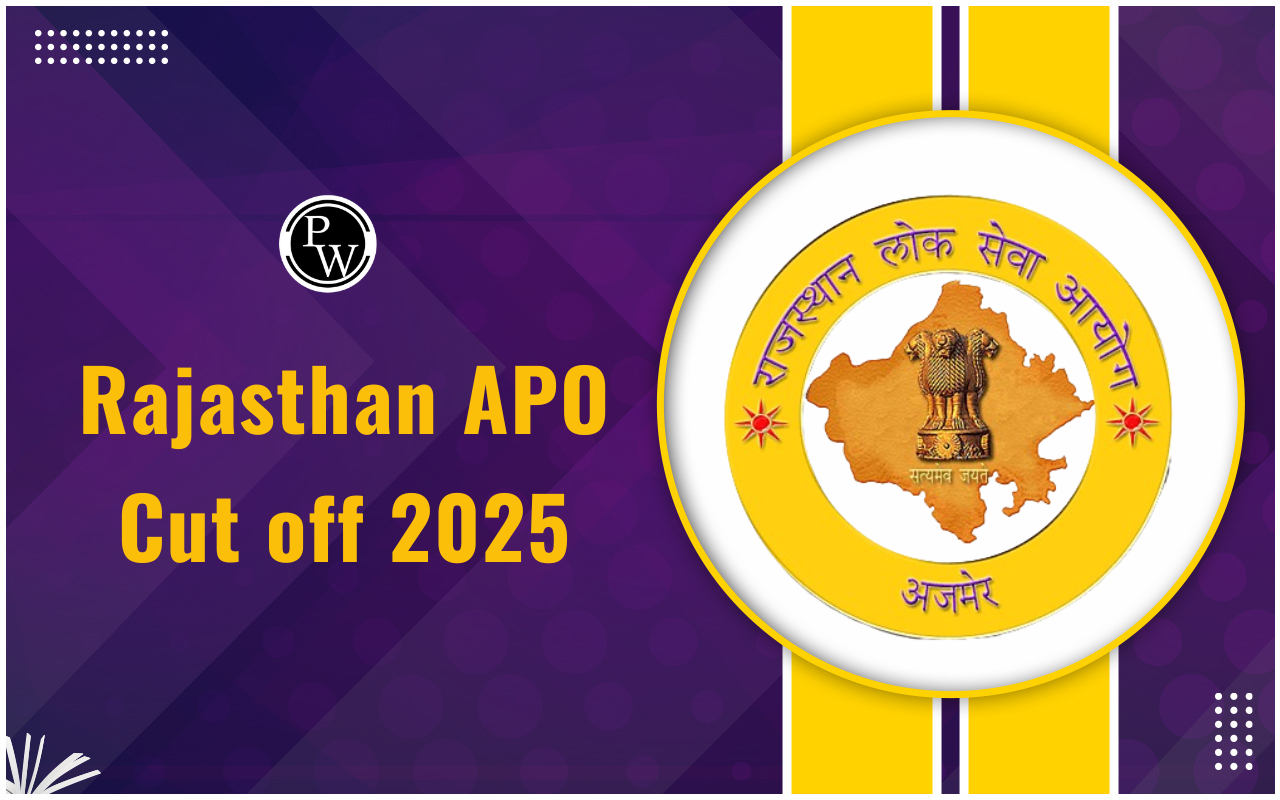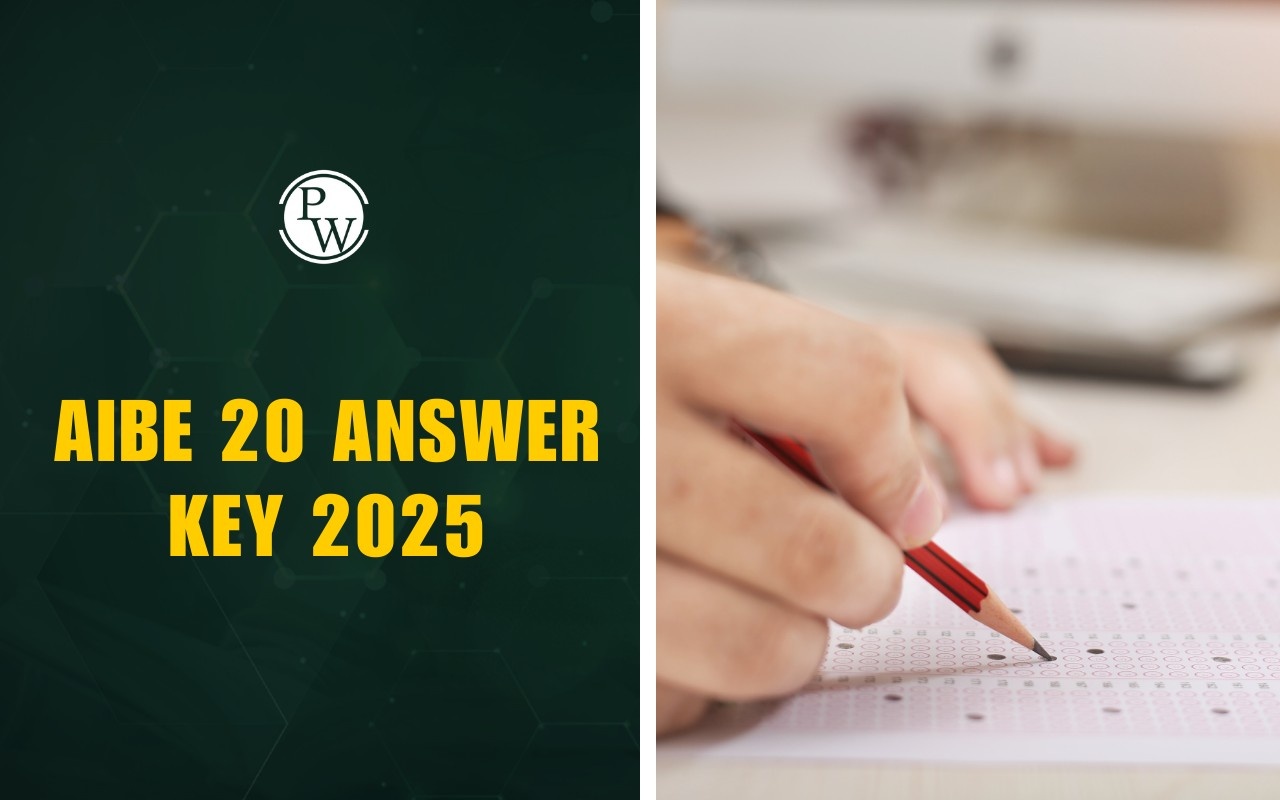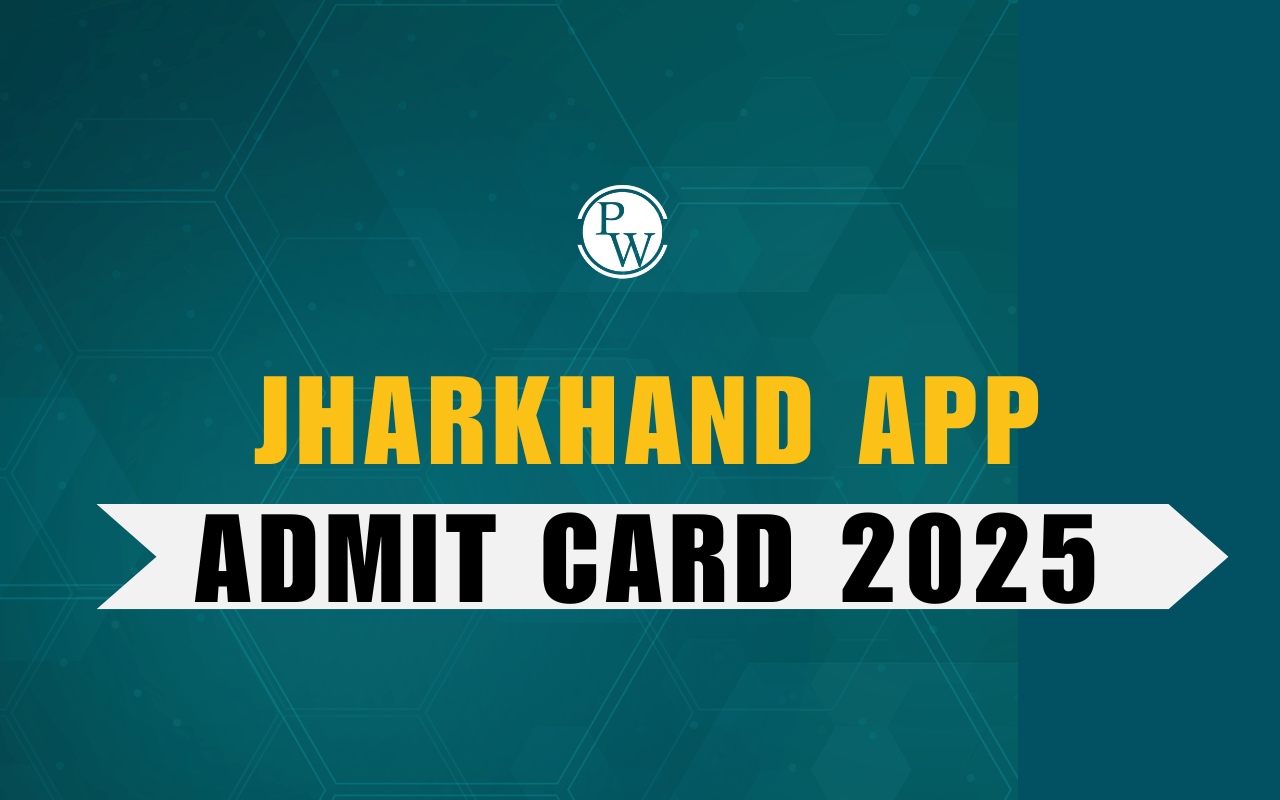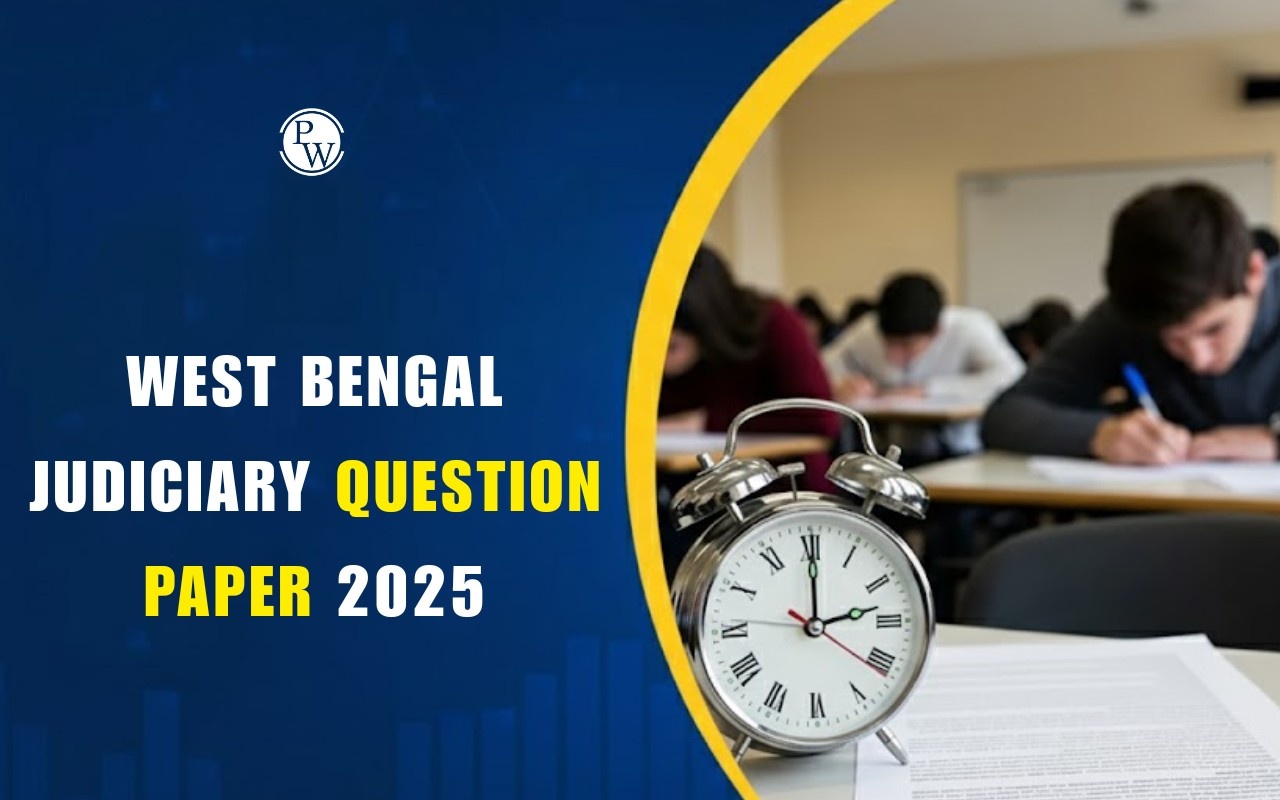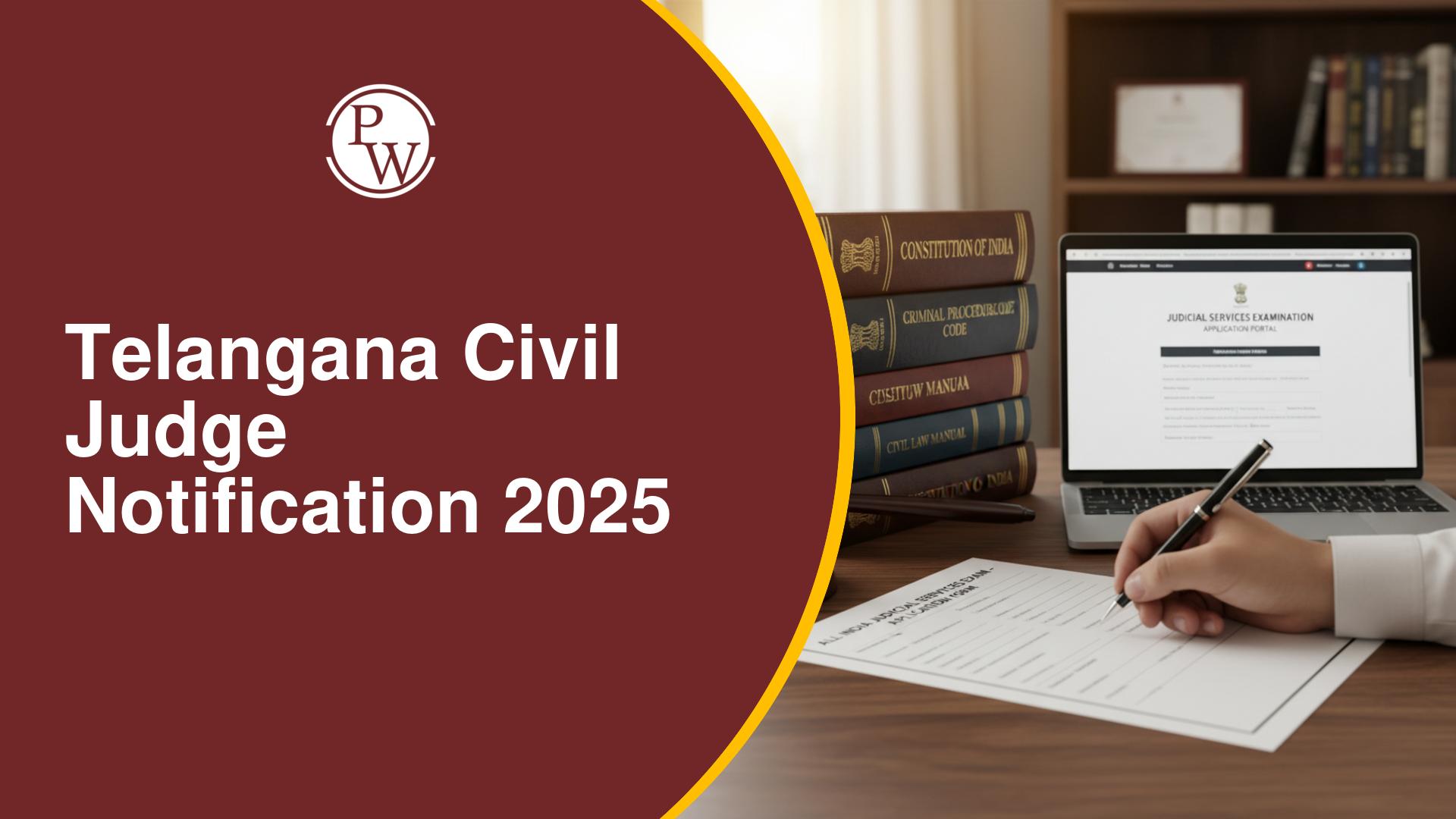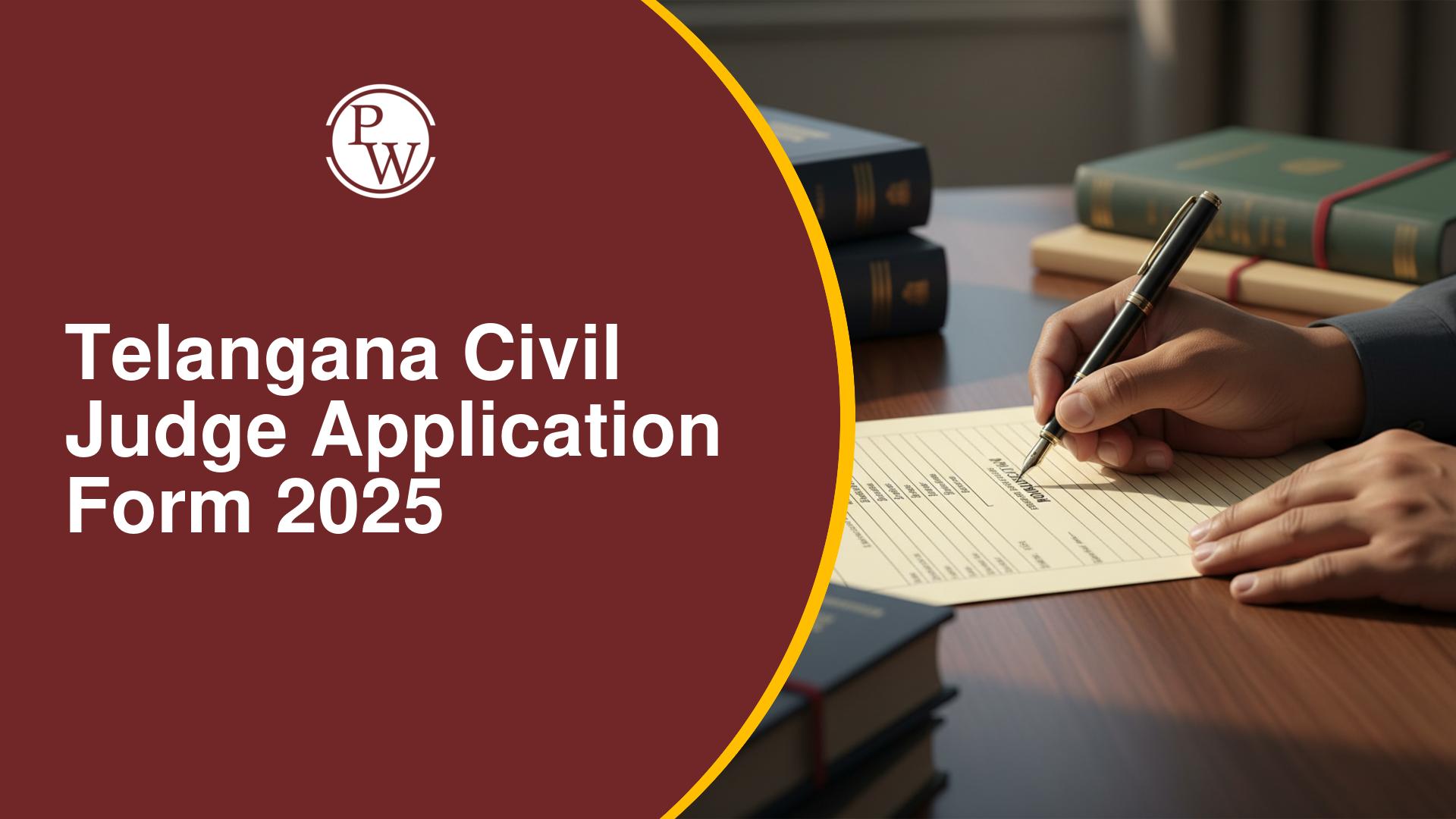
Delhi Higher Judiciary Notification 2025 has been officially released by the High Court of Delhi, recruiting eligible candidates to apply for the prestigious Delhi Higher Judicial Service Examination 2025. Aspiring candidates aiming for a position in the judiciary are encouraged to take note of all the important details, including eligibility, the application process, and the examination structure. This guidepost provides a detailed overview of the notification, ensuring candidates are well-prepared to take this opportunity.
Overview of Delhi Higher Judiciary Notification 2025
The Delhi Higher Judiciary Notification 2025 summarises that the examination is conducted under the Delhi Higher Judicial Service Rules, 1970 (as amended). A total of 16 vacancies (14 existing and 2 anticipated) are to be filled through this examination. The recruitment process comprises three stages:- Preliminary Examination : An objective-type test with 25% negative marking.
- Mains Examination : A written test assessing legal knowledge and language skills.
- Viva-Voce : An oral interview for final selection.
| Feature | Details |
|---|---|
| Exam Name | Delhi Higher Judicial Service Examination 2025 |
| Conducting Body | High Court of Delhi |
| Vacancies | 16 (14 existing, 2 anticipated) |
| Categories | General (5), SC (5), ST (6) |
| Reservation for PwD | 3 vacancies (specific disabilities as per notification) |
| Stages of Examination | Preliminary (Objective), Mains (Written), Viva-Voce |
| Eligibility | Indian citizen, practising advocate with at least 7 years, age between 35-45 years as of 01.01.2024 |
| Salary Scale | Rs. 144,840 – Rs. 194,660 (J-5 pay scale) |
| Mode of Application | Online |
| Official Website | https://delhihighcourt.nic.in/ |
Delhi Higher Judiciary Notification 2025 Important Dates
Applicants should carefully note the important dates related to the application process, exam schedule, and other significant events for the Delhi Higher Judicial Service Examination 2025.| Event | Date and Time |
|---|---|
| Commencement of Online Applications | December 27, 2024 (10:00 AM) |
| Last Date for Online Applications | January 10, 2025 (5:30 PM) |
| Preliminary Examination Date | February 2, 2025 (11:00 AM to 1:00 PM) |
| Admit Card Release Date | To be announced |
| Mains Examination Date | To be announced |
| Result Declaration (Prelims) | To be announced |
Delhi Higher Judiciary Notification 2025 PDF
The official Delhi Higher Judiciary Notification 2025 has been released, including the detailed syllabus and instructions, which can be accessed on the Delhi High Court website. Candidates are advised to read the notification comprehensively before applying. For the ease of the candidates who want to apply for this esteemed position we have also provided a direct link below through which candidates can refer to the PDF easily.| Delhi Higher Judiciary Notification 2025 PDF | |
| Advertisement for Delhi Higher Judicial Service Examination 2024-25 | Click Here |
| Instructions for Delhi Higher Judicial Service Examination 2024-25 | Click Here |
Delhi HJS Vacancy 2025
The Delhi Higher Judicial Service Examination 2025 is aimed at filling 16 vacancies in total, with 14 existing and 2 anticipated positions. These vacancies are divided into various categories, including General, SC, and ST, with specific provisions for candidates with disabilities. The final number of vacancies may change depending on the actual need until December 2025. The breakdown of vacancies is as follows:
| Category | Existing | Anticipated | Total Vacancies |
|---|---|---|---|
| General | 3 | 2 | 5 |
| Scheduled Caste (SC) | 5 | 0 | 5 |
| Scheduled Tribe (ST) | 6 | 0 | 6 |
| Total | 14 | 2 | 16 |
Delhi Higher Judiciary Apply Online Link
The application process is entirely online. Interested candidates must visit the official Delhi High Court website to access the Delhi Higher Judiciary Apply Online Link and fill out the prescribed application form. Candidates can apply online through the official website of the High Court of Delhi: www.delhihighcourt.nic.in . The Delhi Higher Judiciary Apply Online Link will be active from December 27, 2024, as per the official Delhi Higher Judiciary Notification 2025. To avoid any kind of delay and hassle from the candidate's side we have also provided the direct link below, by referring to this direct link below candidates can easily apply online for this esteemed position.| Delhi Higher Judiciary Apply Online Link |
| Click Here |
Delhi Higher Judiciary Application Fee 2025
The application fee varies depending on the candidate's category. It must be paid online during the application process. Ensure you pay the fee on time to complete the application.- General Category : ₹2000
- Reserved Categories : ₹500 (SC/ST/PwD with 40% or more disability)
Delhi Higher Judiciary Notification 2025 Selection Process
The selection process for the Delhi Higher Judicial Service Examination consists of three major stages. The Delhi Higher Judiciary Notification 2025 details the selection process which consists of the following stages:- Preliminary Examination (Qualifying in nature): An objective-type test with negative marking in which a candidate must score at least 50% (General) or 45% (Reserved) to qualify.
- Mains Examination : Four descriptive papers that assess a candidate’s legal knowledge. Candidates securing minimum qualifying marks will be shortlisted for Viva-Voce.
- Viva-Voce : A final interview stage based on the Mains examination results. Marks obtained in the Mains and Viva-Voce determine the final merit list.
Delhi Higher Judiciary Eligibility Criteria
To apply for the Delhi Higher Judiciary Examination, candidates must fulfill the following Delhi Higher Judiciary Eligibility Criteria:- Nationality : Must be an Indian citizen.
- Experience : Minimum of seven years of continuous practice as an Advocate as of January 10, 2025.
- Age Limit : Between 35 and 45 years as of January 1, 2024.
Delhi HJS Notification 2025 Exam Pattern
The Delhi Higher Judiciary Exam Pattern provides a clear structure for aspiring candidates. Divided into three stages—Prelims, Mains, and Interview—it tests legal knowledge, analytical skills, and personality. Understanding the pattern is important for success in this prestigious examination, the Delhi Higher Judiciary Notification 2025 outlines a three-stage selection process:-
Preliminary Examination:
- Objective-type questions with 25% negative marking.
- One paper carrying 150 marks, consisting of 150 questions, with a duration of 2 hours.
- Qualifying nature to shortlist candidates for the Mains Examination.
-
Mains Examination (Written):
- Comprises four papers: General Knowledge & Language, Law-I, Law-II, and Law-III, with varying weightage.
- Minimum qualifying marks are set at 45% per paper (40% for reserved categories) and 50% aggregate (45% for reserved categories).
-
Viva-Voce:
- Carries 250 marks. Candidates must secure 50% (45% for reserved categories) to be eligible for final selection.
- Final merit is based on combined scores of the Mains and Viva-Voce.
| Stage | Details | Marks | Duration | Qualifying Marks |
|---|---|---|---|---|
| Preliminary Exam | Screening test; Objective type; 150 questions, 1 mark each; 25% negative marking for wrong answers | 150 | 2 hours | General: 50%; SC/ST/PwD: 45% |
| Mains Exam | Paper I: General Knowledge & Language | 150 | 2 hours | General: 45% in each paper; SC/ST/PwD: 40% |
| Paper II: Law I: Constitution, Civil Procedure, Evidence, Commercial Laws, and others (detailed list provided in the syllabus) | 200 | 3 hours | ||
| Paper III: Law II: Property Law, Contract Law, Personal Laws, Employment Laws, and others (detailed list provided in the syllabus) | 200 | 3 hours | ||
| Paper IV: Law III: Criminal Laws, IT Act, Domestic Violence, and others (detailed list provided in the syllabus) | 200 | 3 hours | ||
| Viva-Voce | Interview | 250 | General: 50%; SC/ST/PwD: 45% |
Delhi Higher Judiciary Notification 2025 Syllabus
The syllabus for the Delhi Higher Judiciary Examination covers various legal topics that are essential for any judicial role. The syllabus as per the Delhi Higher Judiciary Notification 2025 covers an extensive range of topics:Preliminary Examination Syllabus
- General Knowledge, Current Affairs, English Language, Constitution of India
- The Indian Evidence Act, 1872 and Bharatiya Sakshya Adhiniyam,2023
- The Limitation Act, 1963
- The Code of Civil Procedure, 1908
- The Code of Criminal Procedure, 1973 and Bharatiya Nagrik Suraksha Sanhita, 2023
- The Indian Penal Code, 1860 and Bharatiya Nyay Sanhita, 2023
- The Indian Contract Act, 1872
- The Indian Partnership Act, 1932
- The Arbitration and Conciliation Act, 1996
- The Specific Relief Act, 1963
- The Transfer of Property Act, 1882
- The Sale of Goods Act, 1930
- The Negotiable Instruments Act, 1881
- The Indian Succession Act, 1925
- The Hindu Succession Act, 1956
- The Prevention of Corruption Act, 1988
- The Protection of Children from Sexual Offences Act (POCSO Act) 2012
- The Recovery of Debts and Bankruptcy Act (DRT Act), 1993
- The Securitisation and Reconstruction of Financial Assets and Enforcement of Security Interest Act (SARFAESI Act), 2002
- The Motor Vehicles Act,1988
- The Industrial Disputes Act, 1947
- The Payment of Wages Act, 1936
- The Employee’s Compensation Act, 1923
- The Minimum Wages Act, 1948
- The Factories Act, 1948
- The Payment of Gratuity Act, 1972
- The Juvenile Justice (Care and Protection of Children) Act, 2015
- The Commercial Courts Act, 2015
- The Provident Funds Act, 1925
- The Information Technology Act (IT Act), 2000
- The Trade Marks Act, 1999
- The Copyright Act, 1957
- The Patents Act, 1970 and The Designs Act, 2000.
| Minimum Qualifying Marks for Preliminary Examination | |
|---|---|
| Category | Minimum Qualifying Marks |
| General | 50% |
| SC, ST | 45% |
| Persons with Disabilities | 45% |
Mains Examination Syllabus
| Paper | Description | Max. Marks |
|---|---|---|
| Paper I | General Knowledge & Language : Tests knowledge of current affairs and English expression. Credit given for substance and expression, deductions for grammar errors and incorrect usage of words. | 150 |
| Paper II | Law I : Includes topics like the Constitution of India, Code of Civil Procedure (1908), Indian Evidence Act (1872) & Bharatiya Sakshya Adhiniyam (2023), Limitation Act (1963), Registration Act (1908), Commercial Courts Act (2015), Court Fees Act (1870), Trade Marks Act (1999), Copyright Act (1957), Patents Act (1970), and Designs Act (2000). | 200 |
| Paper III | Law II : Covers the Transfer of Property Act (1882), Indian Contract Act (1872), Sale of Goods Act (1930), Indian Partnership Act (1932), Specific Relief Act (1963), Arbitration Law (Arbitration and Conciliation Act, 1996), and Personal Laws (Indian Succession Act, 1925; Hindu Marriage Act, 1955; Special Marriage Act, 1954; etc.). Also includes employment laws and recovery laws like DRT and SARFAESI. | 200 |
| Paper IV | Law III : Encompasses criminal laws such as the Indian Penal Code (1860) & Bharatiya Nyaya Sanhita (2023), Code of Criminal Procedure (1973) & Bharatiya Nagrik Suraksha Sanhita (2023), Evidence Act, POCSO Act (2012), Juvenile Justice Act (2015), IT Act (2000), Prevention of Money Laundering Act (2002), and women-specific laws like Domestic Violence Act (2005) and Dowry Prohibition Act (1961). | 200 |
| Minimum Qualifying Marks for the Mains Examination (Written) | ||
|---|---|---|
| Category | Minimum Qualifying Marks in Each Paper (%) | Minimum Qualifying Marks in Aggregate (%) |
| General | 45% | 50% |
| SC, ST | 40% | 45% |
| Persons with Disabilities | 40% | 45% |
Delhi Higher Judiciary Notification 2025 Salary
As per the Delhi Higher Judiciary Notification 2025, After being appointed, candidates in the Delhi Higher Judicial Service are entitled to a salary based on the judicial service pay scale.- Pay Scale : ₹144,840 – ₹194,660 (J-5)
- Other Benefits : Judicial allowances, medical benefits, and more.
Delhi Higher Judiciary Admit Card 2025
The admit card will be available on the official website 1 or 2 weeks before the examination date. It is an essential document for the exam and must be carried to the exam center.- Download Link : Available on the Delhi High Court website.
- Details : The admit card will contain important information such as the exam center and timing.
Delhi Higher Judiciary Result 2025
The results for the Preliminary Examination, Mains, and Viva-Voce will be announced separately. Candidates can check their results on the official website.- Preliminary Results : Based on objective test performance.
- Mains and Viva-Voce Results : Final merit list based on overall performance.
Delhi Higher Judiciary Cut Off 2025
The cut-off marks for each stage will be published on the official website. Candidates must meet the minimum required marks to progress to the next stage.- General Category : Minimum 50%
- Reserved Categories : Minimum 45%
Delhi Higher Judiciary Notification 2025
Q1. What is the Delhi Higher Judiciary Notification 2025?
Q2. Where can I find the Delhi Higher Judiciary Notification 2025 PDF?
Q3. What is the age limit for Delhi Higher Judiciary exams?
Q4. What is the Delhi Higher Judiciary Application Fee 2024?
Q5. How many stages are in the Delhi Higher Judiciary Selection Process?
Q.6 What is the exam pattern for the Delhi Higher Judiciary Preliminary Exam?

